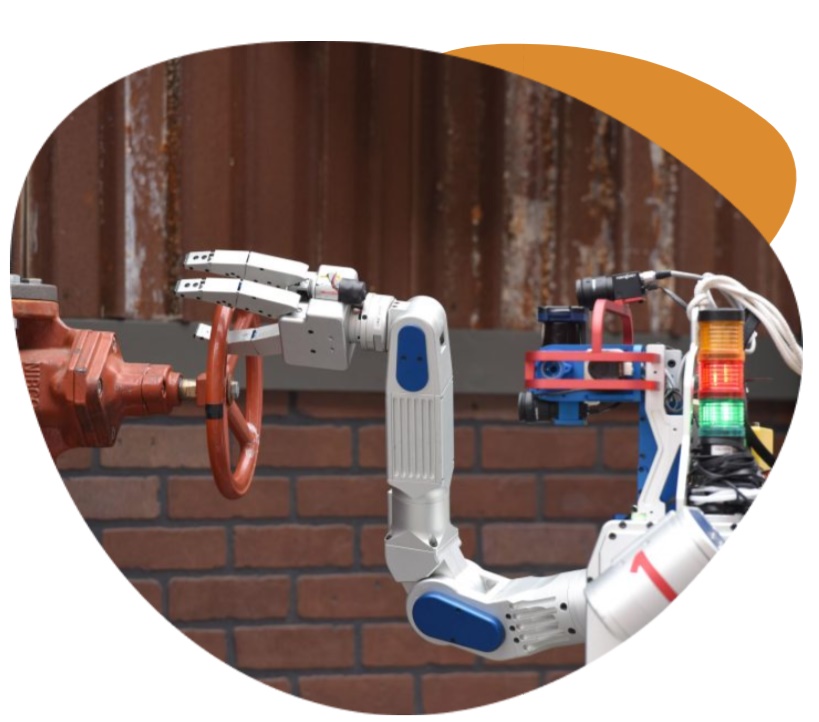Humanitarian innovation: The next step for greater impact
DOI:
https://doi.org/10.21153/thl2021volno0art1420Keywords:
innovation, technology, aid sectorAbstract
Since 2010, the aid sector has invested significant funds in innovation practice, implementing pilots and other practices borrowed from Silicon Valley. While this has supported some impact, the aid sector has now hit a plateau with innovation, struggling to scale what works, frustrated by ‘digital litter’ (unsustainable technology projects), trying to overcome the small innovation trap, and ‘pilotitis’ (fatigue from implementing small-scale projects that never scale up). Many innovation leaders in the social and development sectors are realising that the ‘lean’ innovation approaches commonly used do not work well for the complex challenges in their sector.
To create the change and impact that our work demands, organisations must be able to work with real and messy challenges, and create large-scale innovative solutions. The sector is beginning to use system innovation to move past simplifying challenges in lean experiments and hackathons. This paper discusses how system innovation can support humanitarians to take the next step to innovation effectiveness, to create real impact in communities.
Metrics
Downloads
References
Adner, R. (2017). Ecosystem as structure: An actionable construct for strategy. Journal of Management, 43(1), 39–58.
Aleinikoff, T.A. (2014, September 1). Innovation – what, why and how for a UN organisation. Forced Migration Review. https://www.fmreview.org/innovation/aleinikoff
Bessant, J., Trifilova, A., & Rush, H. (2016, June 19). Case studies of humanitarian innovation [Paper presentation].
International Society for Professional Innovation Management (ISPIM) Conference 2016, Porto, Portugal. https://research.brighton.ac.uk/en/publications/case-studies-of-humanitarian-innovation
Betts, A. (2014, September 1). Introduction: Refugees and innovation. Forced Migration Review. https://www.fmreview.org/innovation/betts
Betts, A. & Bloom, L. (2014). Humanitarian innovation: The state of the art [Occasional Paper No. 9]. UN Office for
the Coordination of Humanitarian Affairs. https://www.unocha.org/publication/policy-briefs-studies/humanitarianinnovation-state-art
Bloom, L. & Betts, A. (2013). The two worlds of humanitarian innovation [Working Paper No. 94]. Humanitarian Innovation Project & Refugee Studies Centre. https://www.unhcr.org/innovation/wp-content/uploads/2017/10/wp94-two-worldshumanitarian-innovation-2013.pdf
Costanza-Chock, S. (2020). Design justice: Community-led practices to build the worlds we need. MIT Press.
Currion, P. (2019). The black hole of humanitarian innovation. Journal of Humanitarian Affairs, 1(3), 42–45.
Dette, R. (2016). Mapping innovation in humanitarian action: Overview of ongoing initiatives and strategies by some of ECHO’s partners. Global Public Policy Institute & INSPIRE Consortium, Berlin. https://europa.eu/capacity4dev/file/29617/download?token=FW9RrOcm
Fabian, C. & Fabricant, R. (2014, August 5). The ethics of innovation. Stanford Social Innovation Review. https://ssir.org/articles/entry/the_ethics_of_innovation
Gray, B. & Bayley, S. (2015). Case study: Shelter innovation ecosystem. Centre for Change, Entrepreneurship and Innovation Management (CENTRIM), University of Brighton. https://www.alnap.org/help-library/case-study-shelterinnovation-ecosystem
McClure, D. (2018). Creating more impactful innovation capabilities in the aid sector. Global Alliance for Humanitarian Innovation, New York. http://www.elrha.org/researchdatabase/creating-more-impactful-innovation-capabilities-in-theaid-sector-gahi
McClure, D. & Gray, I. (2015). Engineering scale up in humanitarian innovations missing middle. Proceedings of the Fifth IEEE Global Humanitarian Technology Conference. Institute of Electrical and Electronics Engineers, Piscataway, New Jersey, 114–122.
Mollick, E. (2019, October 21). What the lean startup method gets right and wrong. Harvard Business Review. https://hbr.org/2019/10/what-the-lean-startup-method-gets-right-and-wrong
Parker, B. (2019, March 20). Humanitarian innovation faces rethink as innovators take stock. The New Humanitarian. http://www.thenewhumanitarian.org/analysis/2019/03/20/humanitarian-innovation-faces-rethink-innovators-takestock
Ramalingam, B., Scriven, K., & Foley, C. (2009). Innovations in international humanitarian action. Active Learning Network for Accountability and Performance (ALNAP), London. https://www.alnap.org/help-library/innovations-in-internationalhumanitarian-action-alnaps-8th-review-of-humanitarian
Rosling, H. (2020). Factfulness. Flatiron Books, 235.
Rush, H., Marshall, N., Bessant, J., & Ramalingam, B. (2021). Applying an ecosystems approach to humanitarian innovation. Technological Forecasting and Social Change. Advance online publication.
Twersky, F., Buchanan, P., & Threlfall, V. (2013, March 13). Listening to those who matter most, the beneficiaries. Stanford Social Innovation Review. https://ssir.org/articles/entry/listening_to_those_who_matter_most_the_beneficiaries#







